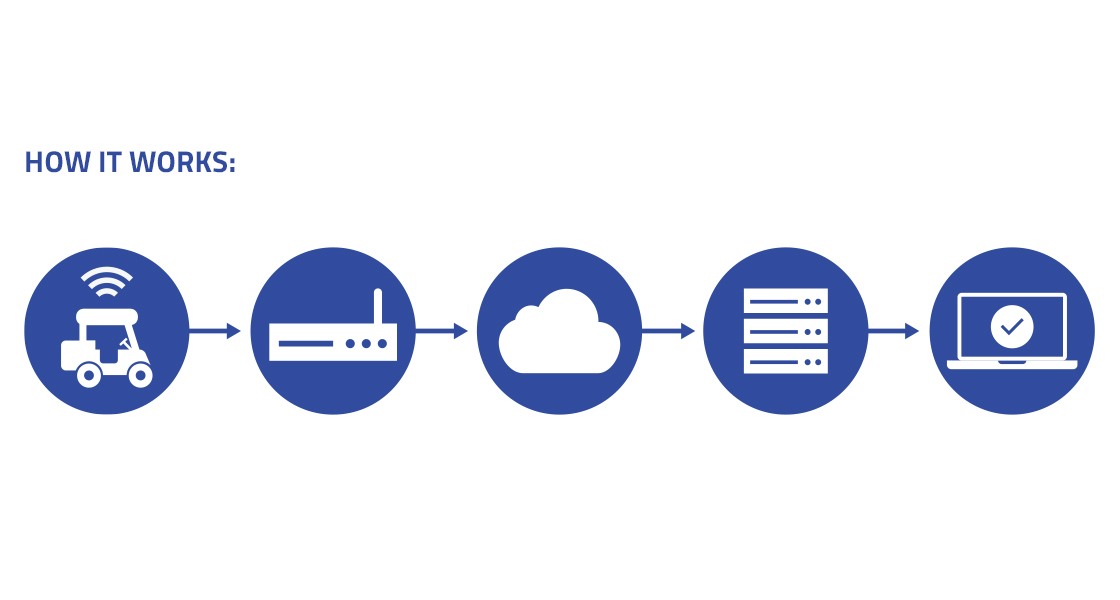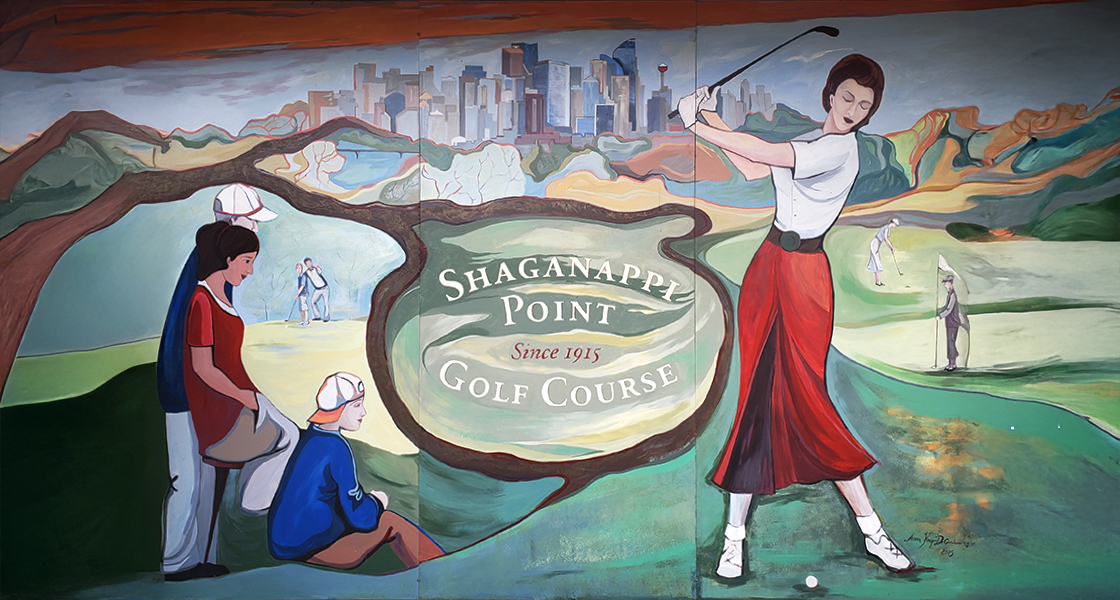Smart Golf Course
Quick Facts
Company
The City of Calgary – Shaganappi Point Golf Course
Customer Profile
The City of Calgary is a forward-thinking municipal government serving more than 1.4 million residents. Committed to innovation and continuous improvement, the City has established a city-owned, carrier-grade LoRaWAN® network as part of its broader Smart City strategy. This infrastructure supports the City Network of Things (CNoT), enabling various departments to deploy cost-effective IoT solutions that improve public services, operational efficiency and citizen engagement.
Objectives
- Ability to monitor golf cart locations without wiring into the carts.
- Determine amount of time to complete round of golf.
- Monitor anomalies in course pace of play.
- Account for when the cart is on the course versus travelling to and from other amenities (e.g., driving range, parking lot, etc.).
Introduction
Enabling new Efficiencies and Cost Savings
In 2015, The City of Calgary celebrated 100 years of municipal golf at its first public course. Shaganappi Point began as a bare-bones 18-hole golf course serving a community of 80,000 Calgarians. Calgary’s population has grown to more than one million and Shaganappi Point has expanded to 27-holes, a 44-stall driving range and a clubhouse. During its annual season, from April to November, golfers play an average of 90,000 to 100,000 rounds of golf.
The City of Calgary is one of the first cities in North America to build a municipalityowned, carrier-grade LoRaWAN network. LoRa-based solutions have been in place for over one year and are part of the City Network of Things (CNoT) platform created by the Innovation & Collaboration team at the City of Calgary.
Calgary envisions its CNoT will be used by many of The City’s 32 business units to eventually connect tens of thousands of sensors. It can also be used as part of Living Labs, an initiative The City is progressing to offer City infrastructure and assets to companies, researchers and individuals. Living Labs allows the testing of ideas in a real-world environment, fostering growth and supporting investment in Calgary’s local economy.
With LoRa devices and LoRaWAN, we have the opportunity to provide data visibility to processes and services that we were unable to previously.
Challenge
Calgary Recreation is working with Information Technology at The City of Calgary to test Internet of Things (IoT) sensors, software and the City’s municipal LoRaWAN® network to determine if a low cost solution exists to effectively track pace of play at Shaganappi Point Golf Course. Slow play may diminish the overall golf experience and the course’s ability to retain customers.
Solution
Tracking golf carts embedded with Semtech’s LoRa®-based sensors gives insight into pace of play and with real-time golf cart location information, guest experience is enhanced. As pace of play anomalies are detected, course marshals may be dispatched to support golfers in need of assistance.
LoRa-enabled location monitoring sensors provide detailed information about the time it takes for customers to complete the entire course and how long they stop at key locations. Small sensor units are placed underneath the seat of each golf cart. Data is transmitted via the LoRaWAN network to a TEKTELIC Communications KONA Mega IoT gateway placed on a 100-meter City-owned radio tower seven kilometers from the area. The gateway is connected to a TEKTELIC network server and the GPS sensors used are provided by GlobalSat. Custom software, developed by SensorUp, provides the necessary real-time and historical course usage data on a web-based dashboard that can be viewed on a computer or mobile device.
Understanding how fast people are playing the golf course will help staff tackle pace of play issues to elevate customer experience and support revenue maximization.
Benefits
With a successful proof of concept (PoC), the Golf and Sport Development leadership team will be able to:
- Compare the total cost of ownership of an in-house solution against off-theshelf industry products.
- Determine whether an in-house solution of sensors for tracking pace of play at City-operated golf courses should be pursued.


